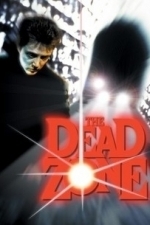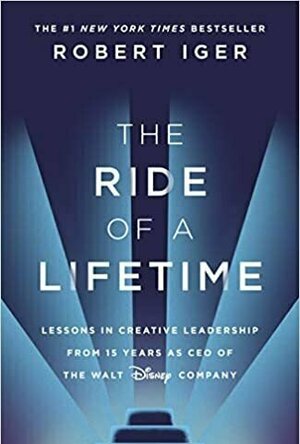
The Ride of a Lifetime
Book
The CEO of Disney, one of Time’s most influential people of 2019, shares the ideas and values he...
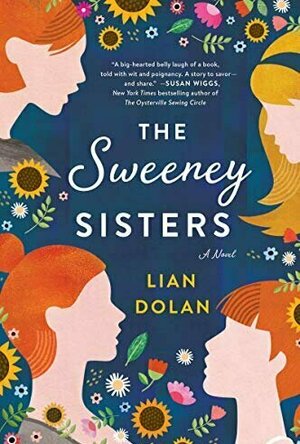
The Sweeney Sisters
Book
"This is a big-hearted belly-laugh of a book, told with wit and poignancy. Family secrets, laughter...

Progress to 100
Games and Entertainment
App
Interact with your iPhone or iPad in ways that you never thought possible! Get ready to be puzzled...

Archaeologist: Jurassic Life
Education and Games
App
“All my assistants started by playing this awesome game” Indiana J. “This tapping game is...

The Unbreakables: A Novel
Book
A delicious, sharp novel about a woman who jets off to France after her perfect marriage collapses,...
Fiction Contemporary
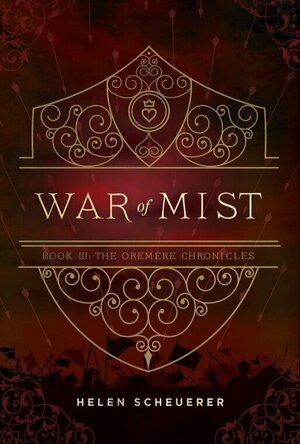
War of Mist (The Oremere Chronicles #3)
Book
War is here. Toxic mist drives all life to the brink of destruction and the conqueror queen, Ines,...
Lyndsey Gollogly (2893 KP) rated Hideaway ( Devils Night book 2) in Books
Feb 14, 2022
Kindle
Hideaway ( Devils Night book 2)
By Penelope Douglas
⭐️⭐️⭐️⭐️
DEVIL'S NIGHT is returning! Hiding places, chases, and all the games are back...
BANKS
Buried in the shadows of the city, there’s a hotel called The Pope. Ailing, empty, and dark, it sits abandoned and surrounded by a forgotten mystery.
But you think it’s true, don’t you, Kai Mori? The story about the hidden twelfth floor. The mystery of the dark guest who never checked in and never checks out. You think I can help you find that secret hideaway and get to him, don’t you?
You and your friends can try to scare me. You can try to push me. Because even though I struggle to hide everything I feel when you look at me—and have ever since I was a girl—I think maybe what you seek is so much closer than you’ll ever realize.
I will never betray him.
So sit tight.
On Devil’s Night, the hunt will be coming to you.
KAI
You have no idea what I seek, Little One. You don’t know what I had to become to survive three years in prison for a crime I would gladly commit again.
No one can know what I’ve turned into.
I want that hotel, I want to find him, and I want this over.
I want my life back.
But the more I’m around you, the more I realize this new me is exactly who I was meant to be.
So come on, kid. Don’t chicken out. My house is on the hill. So many ways in, and good luck finding your way out.
I’ve seen your hideaway. Time to see mine.
*Hideaway is a romantic suspense suitable for ages 18+. While the romance is a stand-alone, the plot is a continuation of events that began in CORRUPT (Devil's Night, #1). It is strongly recommended that you have read Corrupt prior to reading this.
So I definitely enjoyed this more than book 1. I’m still not Adam of Michael but the rest I’m warming up to! I really liked Banks and I loved to see her finally be loved. Definitely recommend if you like some spice but some of it can be a bit close to the edge. Looking forward to reading more.
DaveySmithy (107 KP) rated The Dead Zone (1983) in Movies
Dec 3, 2024
The story follows Johnny Smith (Walken), an ordinary schoolteacher whose life is upended when a car accident leaves him in a coma for five years. When he awakens, he discovers he has gained the ability to see people’s pasts and futures through physical contact—a gift that feels more like a curse. What begins as an attempt to understand and use this newfound power for good spirals into a dark moral dilemma when Johnny foresees a catastrophic future involving a rising politician, Greg Stillson (Martin Sheen).
Christopher Walken is the emotional core of the film, delivering one of his most human and vulnerable performances. He masterfully conveys Johnny’s pain, loneliness, and reluctant heroism, making his character deeply sympathetic. Walken’s portrayal grounds the supernatural elements of the story, ensuring they never feel far-fetched. Martin Sheen is equally compelling as the menacing and unhinged Stillson, a character whose ambition and ruthlessness are frighteningly plausible.
Cronenberg, known for his visceral body horror, takes a restrained approach here, focusing on mood and atmosphere over gore. This subtlety works to the film’s advantage, allowing the tension to simmer until its gripping climax. The muted color palette and moody score by Michael Kamen add to the sense of dread, perfectly capturing the eerie small-town setting.
However, The Dead Zone isn’t without its flaws. The pacing occasionally drags, and some of the supporting characters feel underdeveloped. Additionally, the episodic structure—though true to the novel—can make the narrative feel uneven.
Despite these minor issues, The Dead Zone is an intelligent and emotionally resonant thriller that explores heavy themes with nuance. It may not be as flashy as other Stephen King adaptations, but its quiet power and moral complexity make it a standout. A solid 8/10.
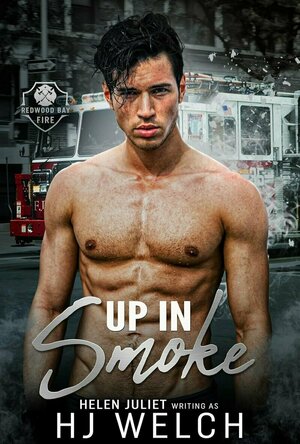
Up In Smoke (Redwood Bay Fire #4)
Book
Love never quits RICO I’ve always had a soft spot for my best friend’s younger brother,...
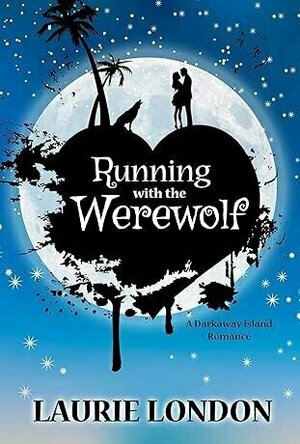
Running with the Werewolf (Darkaway Island #1)
Book
Welcome to Darkaway Island: A destination resort for supernaturals. Where Monsters Come to Play! ...
Paranormal Romance Rom-Com

